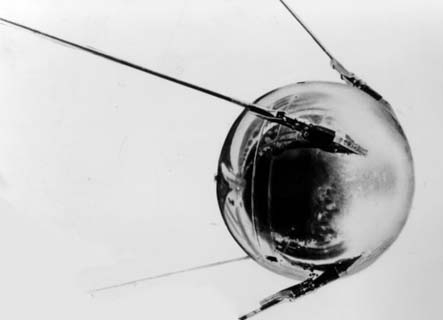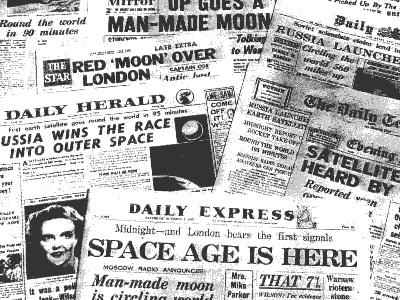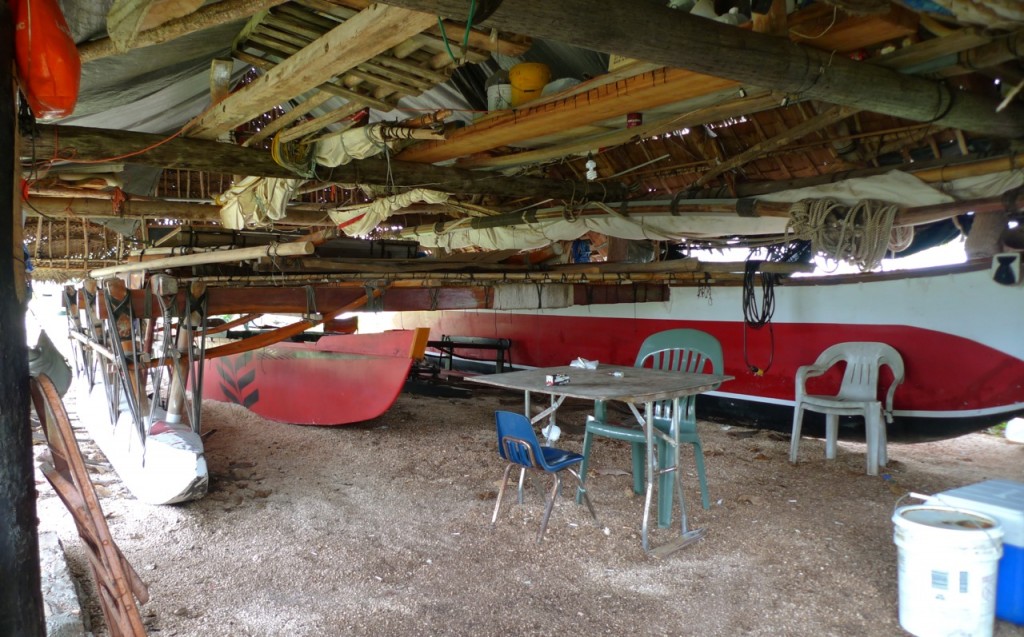Another day, another rash of student debt horror stories. At the end of this op-ed, another suicide in which student debt was a key factor. NYU, where I teach, recently received permission from New York City Council to begin a massive expansion that will cost over $4 billion by most estimates. Although no budget has been published, 60% of this cost is estimated to be coming from student tuition, which is to say, debt. It’s time to start countervisualizing against the debt factory.
US universities were built up as bulwarks of knowledge and propaganda during the Cold War. After the Soviet Union launched Sputnik, the first satellite, in 1957, this effort moved into high gear. It was widely held that “It is upon education that the fate of our way of life depends,” to quote one widely discussed essay of that time.
The G.I. Bill brought huge numbers of veterans into the university system. Some 50% of University of California students in the 1950s were veterans. Think tanks produced endless papers like Higher Education for American Democracy (meaning as opposed to Soviet Communism). All this culminated in the National Defense Education Act of 1958, which stated:
an educational emergency exists and requires action by the federal government. Assistance will come from Washington to help develop as rapidly as possible those skills essential to the national security.
All this is simply to say that we should not be attempting to restore this lost university of the military-industrial complex but instead seeking to abolish the debt-financed university and reconstruct another form of higher education.
This university will not be skills-based in the sense of vocational training. Even by the logic of capitalism, this doesn’t work. For example, when I was undergrad director in the Art department, I had a stream of students wanting to know how to become animators. The answer was simple: acquire good traditional art practice in a four-year degree. The studios want people who know what they’re doing visually but they train them in software, which changes too fast for universities to keep up.
Looking towards a possible future in which we don’t live to work, and we don’t work to repay loans, we would do well to think about how to inculcate a breadth of historical, cultural, critical and scientific vision as part of learning. Current university practice encourages and rewards intense specification, producing humanities scholarship that is so tightly focused that even other humanities faculty don’t read it, let alone assign it to students. Scientific journals come “bundled” so that the majority no-one wants to read have to be subscribed to as well as the few popular ones.
If the global social movements should have taught us anything, it is the need for a shared and extended understanding. Learning takes place best in non-hierarchical small groups and having so-called “smart” classrooms full of technology may be as much an impediment to that learning as a help. At the same time, there’s a place for the large audience teach-in (lecture) because, of course, some people know more than others. The question is always how to enable the learner to make use of that knowledge for themselves.
All this is the fine print. The real question is still the one that panicked people in 1957: what future do we want to make? David Graeber has recently lamented the collapse of the Jetsons/Star Trek vision of the future. Bifo has published a book called After the Future that takes the Sex Pistols’s mantra “No Future” as a diagnosis.
Perhaps we need to go back to the future. In the Central and Western Pacific, there has been a resurgence of traditional navigation, using the stars and waves to set a course, in handmade boats. Voyages of 1500 miles are routine.
The people who sail and steer these boats take a considerable personal pride in the accomplishment, as well they should. It also offers a sustainable and zero-emission means of transport. In islands where climate-changed sea-level rise is already a daily reality, this is not just anachronism, it offers ways to resolve how to continue island life. It’s the direct opposite of the jet-pack vision and it’s not practical for everyone of course. Nor did the Sputnik lead to a viable space-flight system, it now turns out.
I don’t mean that we should all start teaching canoes or canoeing, although there is a great course at Michigan like that. I think we need to start deciding what kind of future we can imagine, what kind of future we want and how we might get there from here. A learning practice that embraced that kind of countervisuality to the military-industrial complex might even be worth working for.



